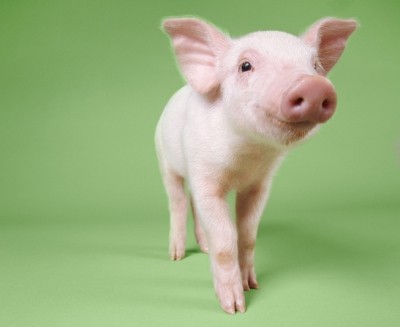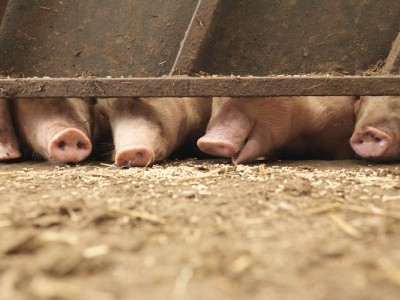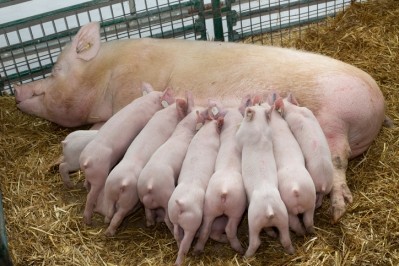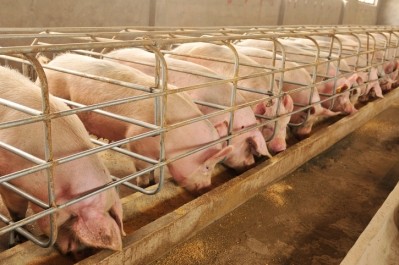Some like it sweet, flavored feed may promote intake during heat stress
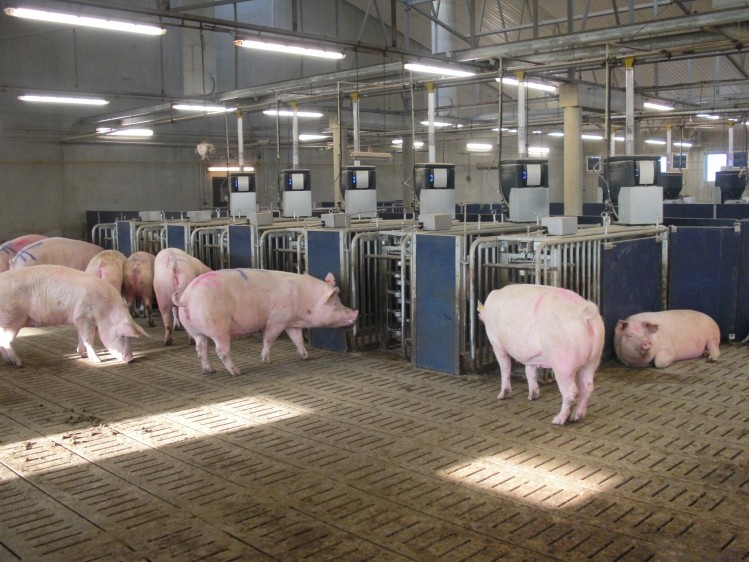
The question of whether flavoring improves feed intake and performance of lactating sows experiencing heat stress was the one a team of international researchers from Brazil and England sought to answer with the study published in the journal of Animal Feed Science and Technology.
“The present study aimed to determine if the adverse affects of heat stress on lactating sows can be overcome by the use of a flavor added to the diet to stimulate feed intake and improve sow and litter performance under tropical humid climate,” said the researchers.
The research group found that use of feed flavoring may improve sow’s feed intake during heat stress conditions:
“It seems that even if sows are kept under heat stress conditions, there is still a threshold for increasing feed intake probably provided by the thermal amplitude, when during the cooler periods (i.e. evening and early morning) sows could compensate low diurnal feed intake if properly stimulated.
“Our findings lead us to believe that the strategic use of a feed flavor to manipulate the sensorial properties of feed is a viable strategy to increase the sows’ voluntary feed intake and benefit milk production and as a consequence improve litter performance all of which can help attenuate the negative effects of heat stress conditions on the nursing sow.”
Why feed flavoring?
For producers in hot regions, climate may be the first limiting factor for reaching production efficiency, the researchers said. When experiencing heat stress, sows eat less and the voluntary drop in feed intake has negative consequences on the mobilization of body reserves, milk production and the sow’s future reproductive performance.
Several research trials have been done in recent years to address heat stress, they said. Nutritional solutions may offer a viable alternative as diets with reduced amounts of protein can reduce an animal’s heat production.
Other studies have explored increasing dietary nutrient density, but did not see improvement in sow or litter performance, they said. However, little work has been done examining the use of feed flavors in sow feed intake.
Strategic use of flavoring could improve feed intake during warm weather, they said. Boosting feed intake also may improve milk production and litter performance.
Methods and materials
In the feeding trial, 300 mixed-parity sows were given one of three diets for a period starting at farrowing for 24 days and through the weaning-to-estrous interval. The trial was conducted at a commercial sow facility in southern Brazil.
The three diets used included a control (T1), and that diet with differing inclusion levels of a commercial flavor additive, they said. The flavored diets were (T2) 250g/ton and (T3) 500g/ton.
After farrowing, sows were weighed and backfat thickness was measured, they said. Feed was gradually increased from acclimation to experimental levels in the seven days post-farrowing.
Environmental conditions were recorded daily, sows were weighed and measured post-farrowing and at weaning, and the number of piglets born, born alive, stillborn or mummies were recorded, they said. Piglets were weighed 24h-post farrowing and at weaning.
Sow rectal temperatures, skin surface temperatures and respiratory rate were measured twice weekly, said the researchers. Feed consumption and average daily milk production were calculated and feed samples were analyzed.
No creep feed was offered during the lactation period, they said.
Results
The diets were found to alter voluntary feed intake, the researchers said. Sows on the T3 diet had the highest intake, and those on T2 ate more than those on the control.
“This experiment has demonstrated that the strategic use of feed flavor to stimulate sows voluntary feed intake can benefit milk production and as a consequence improve litter performance all of which can help attenuate the negative effects of heat stress conditions on the nursing sow,” they said.
However, lactation body weight, chemical composition of body weight loss and backfat did not tend to differ by diet, they said. Parity and lactation length also were similar for all sows.
Litter size and piglet weights at birth were similar, they said. However, litters from pigs getting the T3 had higher daily gain, more weaned piglets and a higher average weaning weight.
Sows getting the diet with the most flavor additive also produced more milk, said the researchers.
Rectal temperatures were lowest for sows on the control diet and surface temperatures were similar regardless of feed, they said.
Source: Animal Feed Science and Technology
DOI: doi.org/10.1016/j.anifeedsci.2017.12.005
Title: Evaluation of feed flavor supplementation on the performance of lactating high-prolific sows in a tropical humid climate
Authors: B. Silva, R. Tolentino, S. Eskinazi, D. Jacob, F. Raidan T. Albuquerque, N. Oliveira, G. Araujo, K. Silva, P. Alcici
